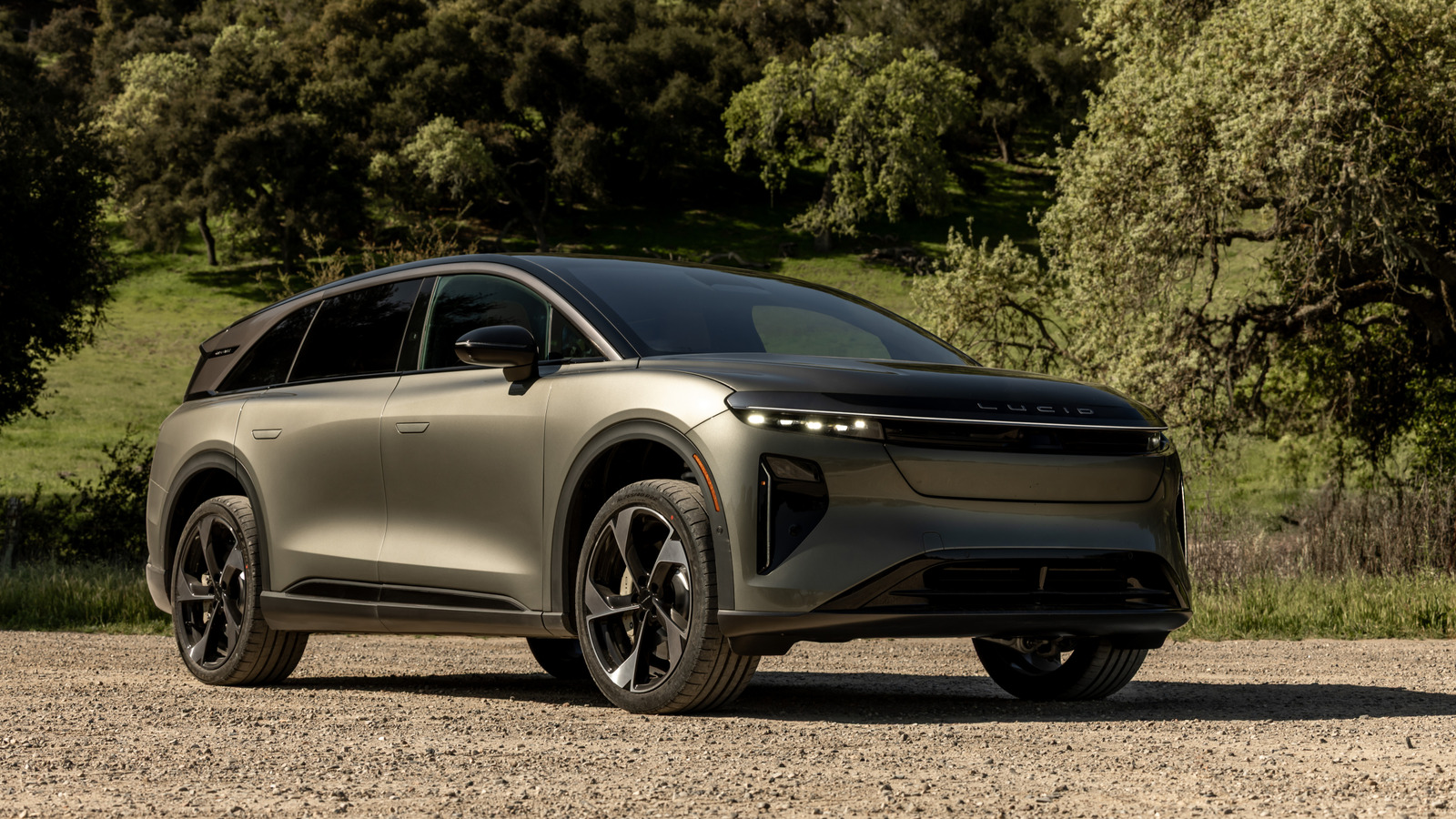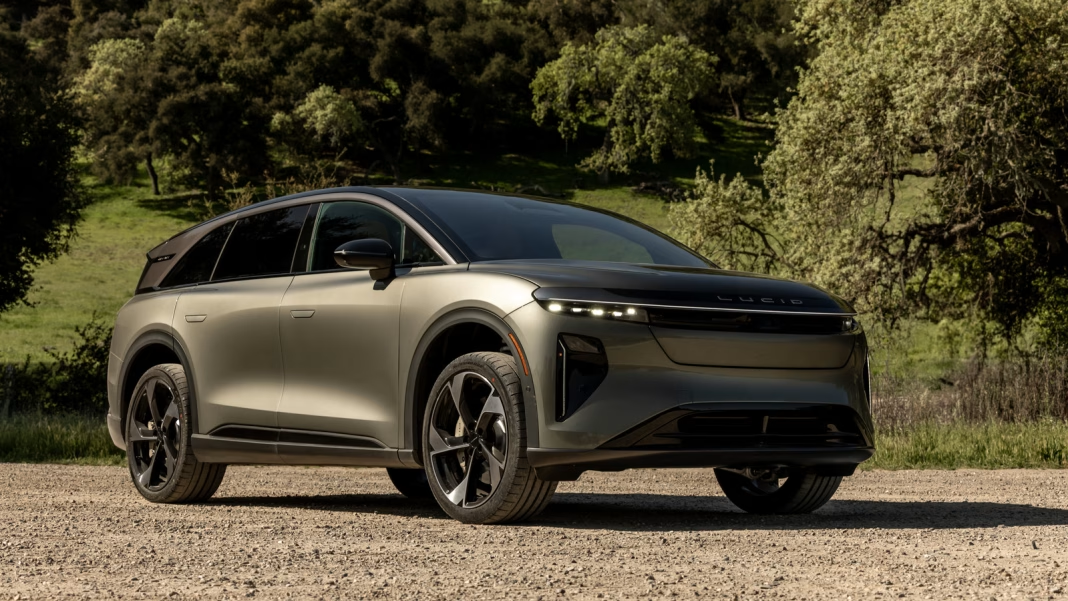How Much Can Lucid Lean on Saudi Support Before It Runs Out?
Lucid Motors, once hailed as a serious Tesla rival, now finds itself in a precarious spot. The company’s luxury electric sedans have wowed critics with their range and performance, but the financial story behind the scenes is far less glamorous. The big question on everyone’s mind: just how long will the Saudi Public Investment Fund (PIF) keep footing the bill for Lucid’s mounting losses?
Why Is Lucid Burning Through So Much Cash?
Let’s get real—building a new car company from scratch is brutally expensive. Lucid’s Air sedan is a technological marvel, but bringing it to market has required billions in investment. According to Lucid’s most recent financial filings, the company posted a net loss of over $2.8 billion in 2023 alone. That’s not pocket change, even for a well-funded startup.
The reasons for these losses are pretty straightforward. Lucid is spending heavily on manufacturing, research and development, and expanding its sales network. Meanwhile, actual sales numbers have lagged behind projections. In 2023, Lucid delivered just over 6,000 vehicles—far short of the numbers needed to achieve profitability. For comparison, Tesla delivered more than 1.8 million vehicles in the same period.
What’s the Saudi PIF’s Endgame With Lucid?
The Saudi Public Investment Fund isn’t just a passive investor. It owns more than 60% of Lucid and has poured over $10 billion into the company since 2018. The Saudis have big ambitions for their Vision 2030 plan, which aims to diversify the kingdom’s economy away from oil. Electric vehicles are a key part of that vision, and Lucid is the crown jewel of their EV strategy.
But even the deepest pockets have limits. As Lucid’s losses pile up, analysts are starting to wonder how much more the PIF is willing to invest before demanding real results. According to a recent Bloomberg report, the PIF has signaled continued support for now, but it’s clear that patience isn’t infinite. If Lucid can’t show a clear path to profitability soon, the Saudis may start looking for an exit—or at least a major change in strategy.
Is Lucid’s Business Model Sustainable?
Here’s where things get tricky. Lucid’s cars are undeniably impressive, but they’re also expensive. The Air sedan starts at around $80,000, putting it out of reach for most buyers. That’s a tough sell in a market where even luxury EV buyers are starting to look for value. Meanwhile, legacy automakers like Mercedes, BMW, and Audi are flooding the market with their own high-end electric models.
Lucid’s plan is to eventually launch more affordable vehicles, but that takes time and even more capital. Until then, the company is stuck in a high-cost, low-volume trap. It’s a classic startup dilemma: spend big now in hopes of dominating the market later, or tighten the belt and risk falling behind.
What Happens If the Funding Well Runs Dry?
If the PIF decides to pull back, Lucid could face a cash crunch. The company’s current burn rate means it needs regular infusions of capital just to keep the lights on. Without Saudi support, Lucid would likely have to seek funding from less friendly sources—think debt markets or private equity—which could come with tough terms.
There’s also the risk of a forced sale or merger. Industry insiders have speculated that a larger automaker could swoop in to acquire Lucid’s technology and talent at a discount. That wouldn’t be the end of Lucid’s story, but it would mark a dramatic shift from the company’s original vision of independence.
Are There Signs of a Turnaround?
Not all the news is bleak. Lucid recently announced plans to build a factory in Saudi Arabia, which could open up new markets and lower production costs. The company is also working on new models, including a luxury SUV that could broaden its appeal. CEO Peter Rawlinson remains optimistic, telling investors that Lucid’s technology gives it a long-term edge.
Still, optimism only goes so far. Investors want to see concrete results—higher sales, lower costs, and a clear path to profitability. Until that happens, Lucid’s future will remain uncertain.
The Big Takeaway
Lucid’s journey isn’t about perfection—it’s about smarter adjustments. The company has the tech and the backing, but it needs to prove it can turn innovation into sustainable business. If you’re watching Lucid (or investing in any high-stakes startup), start with one change this week: dig into the numbers, follow the funding, and look for signs of real progress. You’ll likely spot the difference by month’s end.


